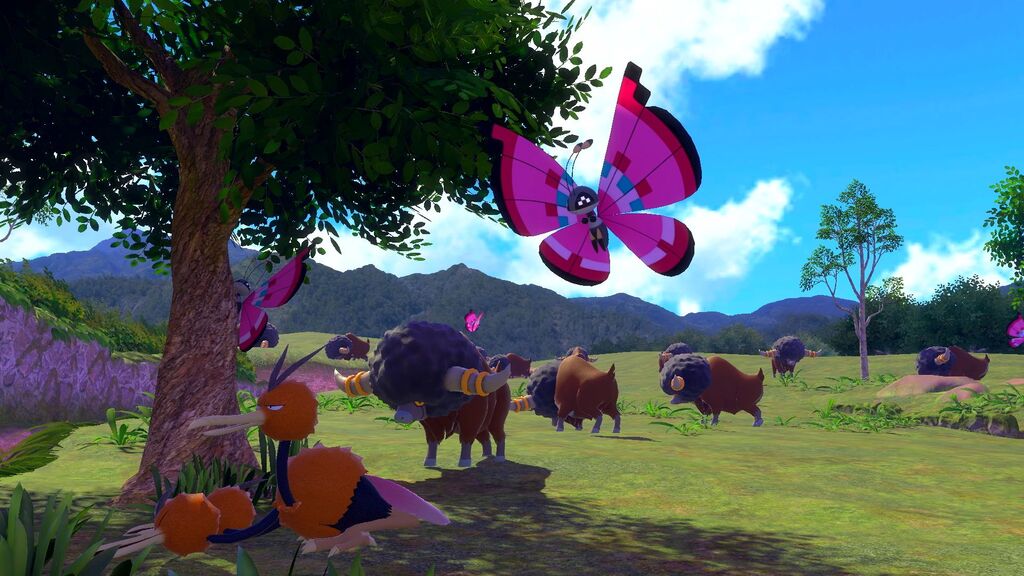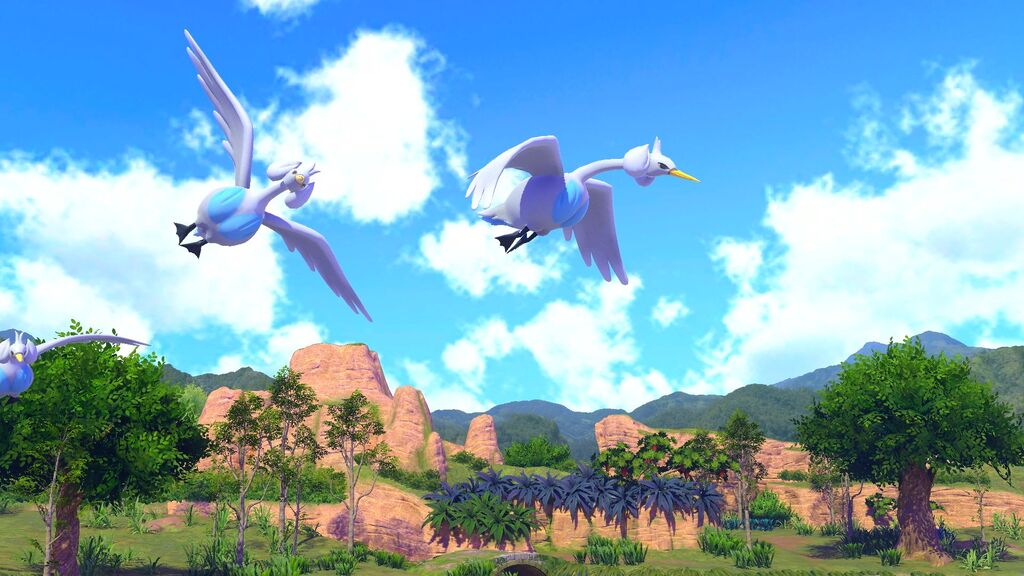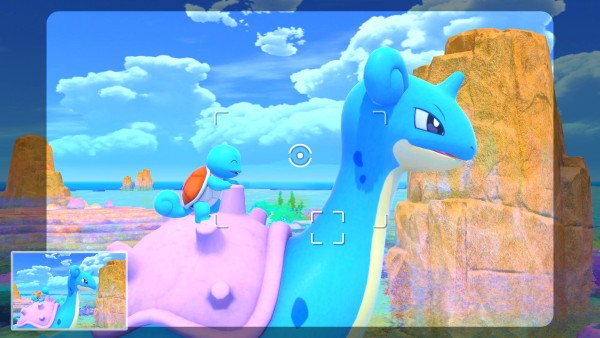A different way to explore the world.
All I ever wanted for Christmas as a child was Pokémon.
No, not the games–though I wouldn’t say no to those–but rather, living, breathing Pokémon for me to look after and love.
That was the power that this franchise holds on children across the world today and has held since the late ‘90s: vast and varied regions to explore within the pixelated graphics of the Game Boy gave way to the vivid colours of the anime, a host of collectible cards, and the vast labyrinth of a child’s imagination, swirling together to create something special.

Pokémon Snap was one of the first Pokémon games to bring these creatures into a 3D space, taking sprites and giving them substance and depth. The game itself is a simple “rail-shooter” where instead of shooting terrorists or zombies with big guns, you “shoot” Pokémon in the wild with a camera. The idea is to find certain Pokémon and try to get the most exciting, candid, or beautiful shot possible.
When I was a child, I thought the game was perfectly fine, if not a bit boring. As an adult, I can see Pokémon Snap for what it is – the truest realization of the Pokémon universe.
Instead of witnessing the might of an Electabuzz about to crack an enemy with a mighty lightning bolt, we can see one chasing an Electrode joyously around a cave. Looking out to the horizon gives witness to the majesty of a wild Lapras roaming free without a person riding it over tricky waters. Pokémon Snap lets us live in a world where a creature’s worth isn’t based on how powerful it is, or how it slots into the aesthetic of the overall team, but how it responds to its natural environment.
Part of the joy in Pokémon Snap was exploring and engaging within these natural environments, where Pokémon are meant to be. Professor Oak, the original and best of the professors, will task you with collecting the very best images of certain Pokémon. It’s at this point you have to invent a plan to snap the very best shot of our elusive target. Maybe tossing out an apple could lure out a native Parasect, previously indistinguishable within the landscape? Maybe capturing a shot of Magmar’s flamethrower means pitting two against each other for snacks? Pokémon Snap allows players to discover solutions in a genuine and innocent way, even if the kart of which you are exploring these ecosystems in was fiddly and down-right infuriating at every given moment.

The series has done a lot to set up a wondrous world for you to engage with your monsters in. In Sword and Shield, for example. you can set up a tent and cook delicious curry with your new friends while partaking in a game of fetch. Cute.
But there is no escaping the truth about Pokémon – you are finding wild creatures, beating them to the point where they are too weak to fight captivity and then throwing them into vicious fights for money and glory. As much as the game wants to frame the Pokémon as adorable, domesticated pets to snuggle with, they were once wild and free. Now they’re not.
This sense of animalis cleptomania is only further compounded within Sword and Shield with the inclusion of the Wild Area, where like a deranged hunter you can cherry-pick your new toy to add to your collection. It sucks the life, and the charm, completely out of the game.
Sure, Sun & Moon’s “Poké finder” feature, where in certain areas of Alola you could go around and try to capture the best shots of our adorable friends, made some attempts to deal with this problem but this was merely window dressing when the core objective of the game is to catch ‘em all, not allow ‘em all to co-exists harmoniously. Pokémon Snap simply does this job better.

While the N64 classic is a delight, it still very much suffers from the same ailment most 3D games from the late 90s suffer.
All of the Pokémon, though recognizable, are still mostly a bunch of triangles stapled together. For us old people, this is still part of the charm of the original game but a modern audience, blessed with HD graphics, gorgeous lighting effects and controllers that don’t need a PhD in design to understand how to use it, the original Pokémon Snap doesn’t stand out as a worthwhile use of your time.
But soon we will have a brand new and shiny complete reimagining for the Switch and my thoughts are starting to run wild again.
Within just the announcement trailer, New Pokémon Snap has already positioned the islands of the game as places where Pokémon are not there waiting to be tyrannized, or even just displayed like zoo animals. These islands are living, breathing ecosystems where Pokémon are allowed to roam free and do as their nature intends, mirroring the painstakingly written volumes of Pokédex notes.

You will still see Lapras gliding across the waters, but instead of a pre-teen child trampling on top of them, a Squirtle will have hitched a ride on their aquatic friend. Poor Magikarp flops around helplessly in shallow waters while a Pidgeot will eye it as its next meal.
What the new Pokémon Snap will give new audiences of the Pokémon universe is a look at how these creatures exist amongst themselves, without the effects of human intervention, desire and domination.
I must stress that I am, and will always be, a fan of the mainline Pokémon series. With every game, I get the same warm and gooey feeling inside I did when I first ventured the regions of Kanto and Johto and I always end up falling in love with my ragtag group of delightful critters. But very soon, I will be able to capture that feeling of nostalgia again, but instead of having to come to terms with the capture and exploitation of these varied and beautiful creatures, I will simply be able to bask in their glory from afar, as nature intended, in a world where conservation, not collection, is the name of the game.
Michael is a freelance journalist currently living in Western Japan. When he isn’t trying to assert his dominance in Overwatch (which is not going well) he can be found playing wholesome games whilst eating baked goods. Has a crippling crush on Garrus Vakarian.
IMAGES: The Pokemon Company / Game Freak / Creatures Inc / Nintendo
